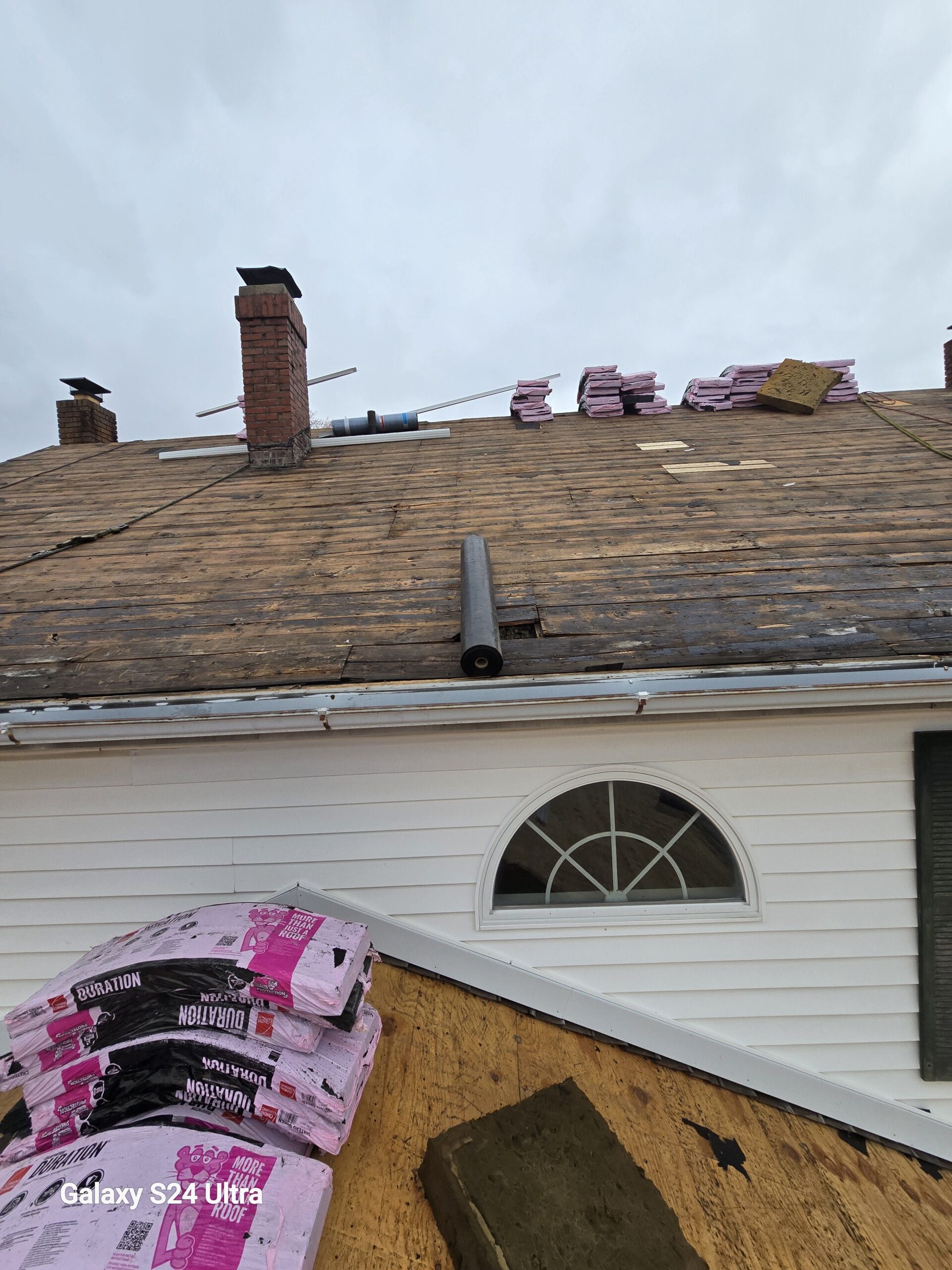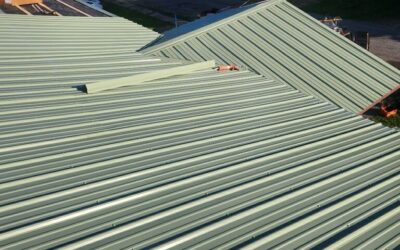Hip and Ridge Cap Shingles From Style to Installation
“Hip and Ridge Cap Shingles: From Style to Installation”
Hip and Ridge Cap Shingles: From Style to Installation
When completing a roofing project, homeowners and contractors often focus on the main shingle installation—but the hip and ridge cap shingles are just as important. These shingles aren’t just decorative flourishes; they play a critical role in protecting your roof’s most vulnerable seams—where slopes meet at hips and where roof planes join at the ridge.
In this comprehensive guide, we’ll walk through everything you need to know about hip and ridge cap shingles—from the styles available to installation tips and comparisons of different materials. Whether you’re a homeowner planning a roof upgrade or a professional roofer looking to refine your technique, this guide is for you.
What Are Hip and Ridge Cap Shingles?
Hip and ridge cap shingles are specially designed shingles used to cover the ridges (the horizontal line at the top of a sloped roof) and hips (the diagonal lines where two roof planes meet). These areas are prone to water infiltration and wind damage, making proper coverage essential for roof longevity.
They are typically thicker, pre-bent, and more durable than field shingles to endure greater stress.
Three Tab Shingles vs. Laminated (Architectural) Shingles for Ridge Caps
Three-Tab Shingles for Ridge Caps
Traditionally, roofers have used three-tab shingles cut into pieces to form ridge caps. They are economical and provide a low-profile look. However, they come with a few drawbacks:
- Less dimensional and not as visually appealing
- Thinner material, which may wear down faster
- May not match the look of architectural shingles
Laminated or Architectural Shingles for Ridge Caps
Laminated shingles are thicker and more robust. While you can’t simply cut them like three-tabs, many manufacturers offer matching ridge cap products made of the same material as architectural shingles.
Benefits of using laminated ridge caps:
- Thicker and more durable
- Enhanced curb appeal with a dimensional appearance
- Better wind resistance
Can Architectural Shingles Be Used for the Ridge Cap?
Yes—but with a caveat.
Architectural shingles should not be cut into ridge caps because they are not uniform and do not bend as easily as three-tab shingles. Instead, if you’re installing a laminated or architectural shingle roof, you should use pre-manufactured ridge cap shingles designed to match.
For example, brands like Owens Corning offer matching ridge cap products like ProEdge®, RidgeCat®, or High Ridge®, which are designed specifically for this purpose.
Why it matters:
- They offer consistent color and texture
- Proper fit for high-stress roof areas
- Maintain warranty coverage
A Bolder Look: Doubled and High Profile Ridge Cap Shingles
If you’re going for a bold architectural finish, consider high-profile or doubled ridge cap shingles.
High Profile Ridge Caps
These ridge caps have a taller, sculpted appearance and are often layered for extra thickness and shadow effect. They’re great for:
- Luxury homes
- Enhancing curb appeal
- Matching thick-profile shingles like designer or premium architectural shingles
Popular high-profile ridge caps include:
- Owens Corning® DecoRidge®
- GAF® TimberTex®
- CertainTeed® Shadow Ridge® High Profile
Doubled Ridge Caps
Some roofers will “double” a standard ridge cap by layering two ridge cap shingles for a more pronounced appearance. This is a cost-effective way to boost roof aesthetics without the price of premium products.
What Size Are Ridge Cap Shingles?
Ridge cap shingles are typically:
- 12” wide x 12” long (individual cap shingle)
- Sold in bundles covering 20-33 linear feet depending on thickness and exposure
Exposure (how much of each shingle is visible once installed) is usually 5 to 6 inches, depending on manufacturer instructions.
When calculating how many bundles you’ll need, measure the total linear feet of ridges and hips and divide by the exposure length (in feet), then factor in some overage for waste.
Choose a Ridge Cap Shingle Color
Matching ridge cap shingle color to the field shingles is key to a polished look. Here’s how to choose:
1. Exact Match
Most major shingle manufacturers provide ridge caps in the exact same colors as their main shingle lines. This gives a uniform, continuous look across the entire roof.
2. Slight Contrast
For homeowners who want a bit of flair, consider using a slightly darker ridge cap shingle to add contrast and highlight the roof’s profile.
3. Coordinate with Trim or Siding
In some cases, ridge cap shingles are chosen to match the color of gutters, trim, or siding to tie the whole home design together.
Pro Tip: Use sample boards in natural light to make the final decision. Lighting can significantly change how a color appears on your roof.
What Size Nails for Ridge Cap Shingles?
Proper nailing is critical to ridge cap performance. Because ridge caps are more exposed to wind uplift, nails must be selected carefully.
Recommended Nail Size:
- Minimum 1-3/4” roofing nails
- For thicker high-profile shingles, use 2” roofing nails
- Nails must penetrate at least 3/4” into the decking or completely through plywood decking
Nail Placement:
- Two nails per cap shingle
- Place nails 1” in from each edge
- Drive nails straight and flush—not overdriven or underdriven
Avoid using staples or nails too short to hold under wind pressure. Improper nailing is one of the most common causes of shingle blow-offs.
How to Install Ridge Cap Shingles
Step-by-Step Guide:
1. Start at the Hip (If Applicable)
If your roof has hips, start ridge cap installation at the bottom of the hip and work upward toward the ridge. Overlap each shingle so water flows over, not under.
2. Align the Shingles
Ensure each cap shingle is centered over the ridge or hip line and is straight. Alignment is key for both aesthetics and function.
3. Nail Properly
Place two nails per shingle, 1” from each edge and 5-5/8” from the butt edge (or follow manufacturer instructions).
4. Continue to the Ridge
As you reach the ridge, continue overlapping the ridge cap shingles. If you installed hips, the ridge caps should overlap the ends of the hips for a cleaner look.
5. Install the Final Cap
For the final cap at the peak, use roofing cement to secure the exposed edge and cover nail heads for a waterproof seal.
Pro Tips for Ridge Cap Installation:
- Cutting Tips: If cutting your own caps from three-tab shingles, mark consistent sizes using a chalk line or template.
- Ventilation Considerations: If your roof includes a ridge vent, be sure your ridge cap shingles are compatible. Many products are designed to bend easily over vented ridges.
- Cold Weather Note: In colder climates, store shingles in a warm area and use a heat gun to soften the caps for easier bending without cracking.
Why Ridge Cap Shingles Matter
- They’re the finishing touch that gives your roof a crisp, polished look.
- They protect the most vulnerable parts of your roof from wind-driven rain and weather exposure.
- They contribute to warranty coverage, especially when matched with same-brand field shingles.
S&K Construction and Remodeling LLC – Your Roofing Experts in Northeast Ohio
Based in Jefferson, Ohio, and proudly serving all of Ashtabula County, Youngstown, Madison, Mentor, Concord, Chardon, and the greater Northeast Ohio region, S&K Construction and Remodeling LLC is your Owens Corning Preferred Contractor for quality roofing, siding, and remodeling services.
We understand the importance of detail when it comes to roofing, and we treat ridge cap shingles with the same care and precision as any other part of your roof.
Financing Options Available
Worried about budgeting your roof replacement or upgrade? We offer affordable financing options so you can get the roof your home deserves without breaking the bank.
Why Choose Us?
- ⭐ 5-star Google Reviews
- 🏠 Local, Family-Owned Company
- 🛠 Owens Corning Preferred Contractor
- ✅ Licensed and Insured
- 📞 Fast, Friendly Quotes
Whether you need a full roof replacement or just want your ridge caps redone the right way, our team at S&K Construction and Remodeling LLC is ready to help.
Conclusion
Ridge cap shingles may seem like a small detail, but they’re essential to a long-lasting, attractive, and secure roofing system. From choosing the right style and color to installing them with precision, paying attention to ridge caps elevates your roofing project from good to exceptional.
Whether you’re comparing three-tab vs architectural shingles, deciding on high-profile options, or trying to choose the best nail size, this guide equips you with all the information you need to make smart roofing decisions.
And when you’re ready to upgrade your roof, trust S&K Construction and Remodeling LLC to deliver quality you can see—and performance you can count on.
Contact us today for your free estimate!
 (440) 307-2060
(440) 307-2060


